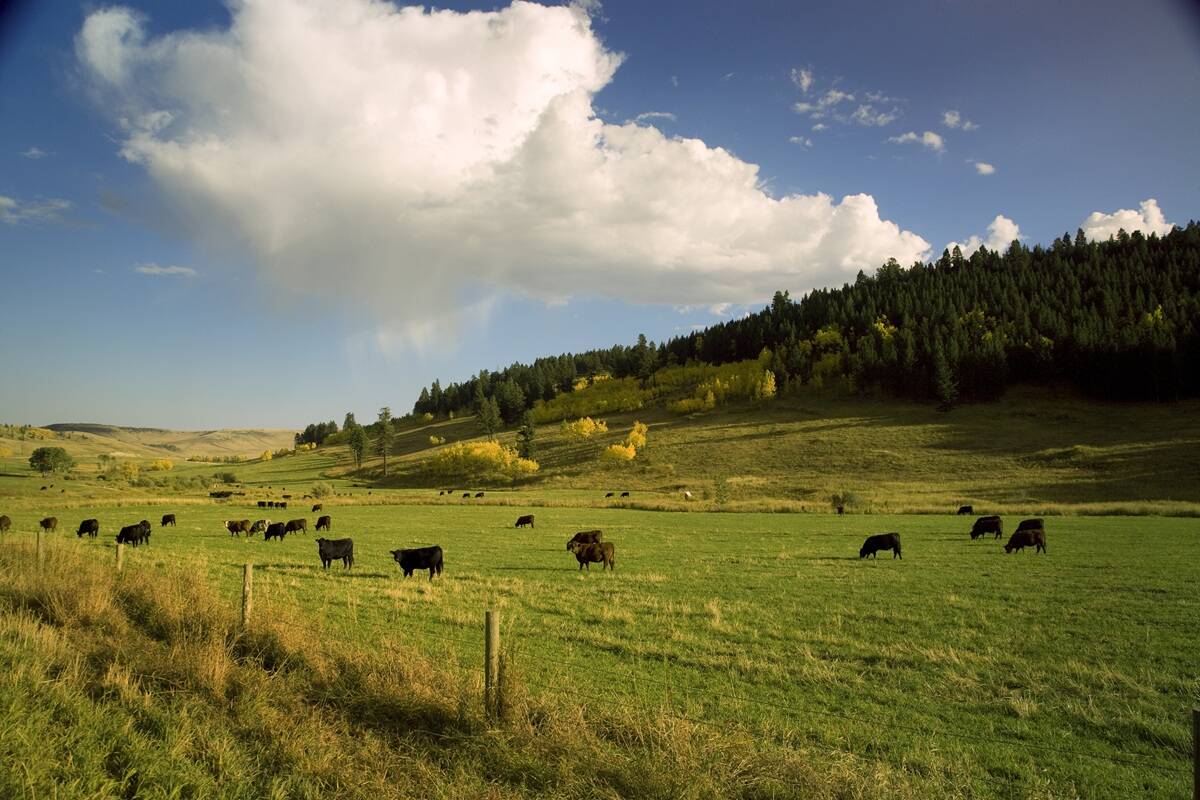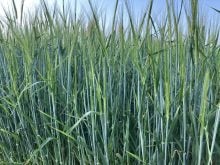Every year, I am a guest lecturer to a third-year agriculture economics class at the University of Manitoba. During the lecture, I provide an overview of the fed cattle market. More recently, I was having a discussion with feedlot operators, and they asked about the key to successful marketing and profitability for the feedlot operator.
Feedlot margins have been hovering in red ink for an extended period on unhedged cattle. These poor margins come on the heels of the COVID-19-related price debacle of 2020. At the time of writing this article, feedlots in Alberta and Saskatchewan carry a significant amount of market-ready cattle. Carcass weights are historically large. Through all of this, there have been feedlots that have experienced profitable periods. Hence the question, what are certain feedlots doing that other feedlots are not doing? In this article, I will provide a brief overview of my lecture on cattle feeding and feedlot margins.
Cattle feeding is a pure competitive market. There are many buyers and sellers. There is a standardized product and in the long run, the margins are negative. There have been numerous studies on both sides of the border that show that average feedlot margins are -$5 to as low as -$25 per head with a standard deviation of $150 to $200 per head. Keep this in mind. Feedlots bid up the price of feeder cattle until there is no margin.
Read Also

Are you a competitive supplier of weaned beef calves?
Beef farmers and ranchers need to strategically manage costs to achieve and maintain profitability.
[RELATED] Klassen: Feeder cattle market outlook
Beef demand is inelastic. A small change in supply has a large influence on the price. Market analysis for cattle feeders focuses on how many cattle will be ready at a specific time. Cattle and beef are non-storable. Supplies can change quite significantly in a short amount of time. The cattle-on-feed reports show feedlot placements by weight category. Feedlot operators can use this data to project how many cattle will come on the market at a specific time. The USDA cattle-on-feed reports are for feedlots with 1,000-head plus capacity, which provide 82 per cent of the total cattle on feed.

Consider the following example from the U.S. (in 000s of head). Producers can add up the cattle that will come on the market at a specific time from the placement data on the cattle-on-feed reports. Divide this number by 82 per cent to achieve the total heifer and steer supplies. When supplies exceed demand, there is pressure on the market. When supplies are in shortfall to demand, prices generally rise. This seems obvious but I’ve had questions such as, “Just because supplies exceed demand, why does the market have to go down?” One can do the same exercise for Western Canada.
Beef demand has exceeded expectations over the past couple of years. A one per cent increase in consumer spending equates to a one per cent increase in beef demand. In the U.S., more people are being employed at higher wages each month over the past year.
[RELATED] Fed cattle prices struggle in fourth quarter
The live cattle futures exhibit a characteristic called the “constellation of prices.” This is when the deferred live cattle futures behave like the nearby contract. For example, in March, if the April contract is trading near contract highs, the June and August contracts will be trading near contract highs even though the fundamentals may be extremely burdensome for July and August. When the April contract is making a contract high, producers must forward-sell into the deferred months even though August will be discounted to the nearby contract. Statistically, if you are riding all the risk in the cash market, you will not be profitable long-term.
Finally, one of the most valuable pieces of information when analyzing the market is the Commitment of Traders report. Who is long and who is short and how much of each? If the commercial trader (packer) has a very large short position on the futures market, this tells us the packer has significant coverage in the cash market. Demand is full and the market goes down. At the same time, if the managed money funds have a large long position, the buying power is limited at the higher levels and the market tends to go down.
My dad always said, “One can work in the feedlot all day, but the money is made after supper pushing your pencil.” This is so true. It’s a competitive market and you need to be sharper than your neighbours, whether they live two miles down the road or in Kansas.

















